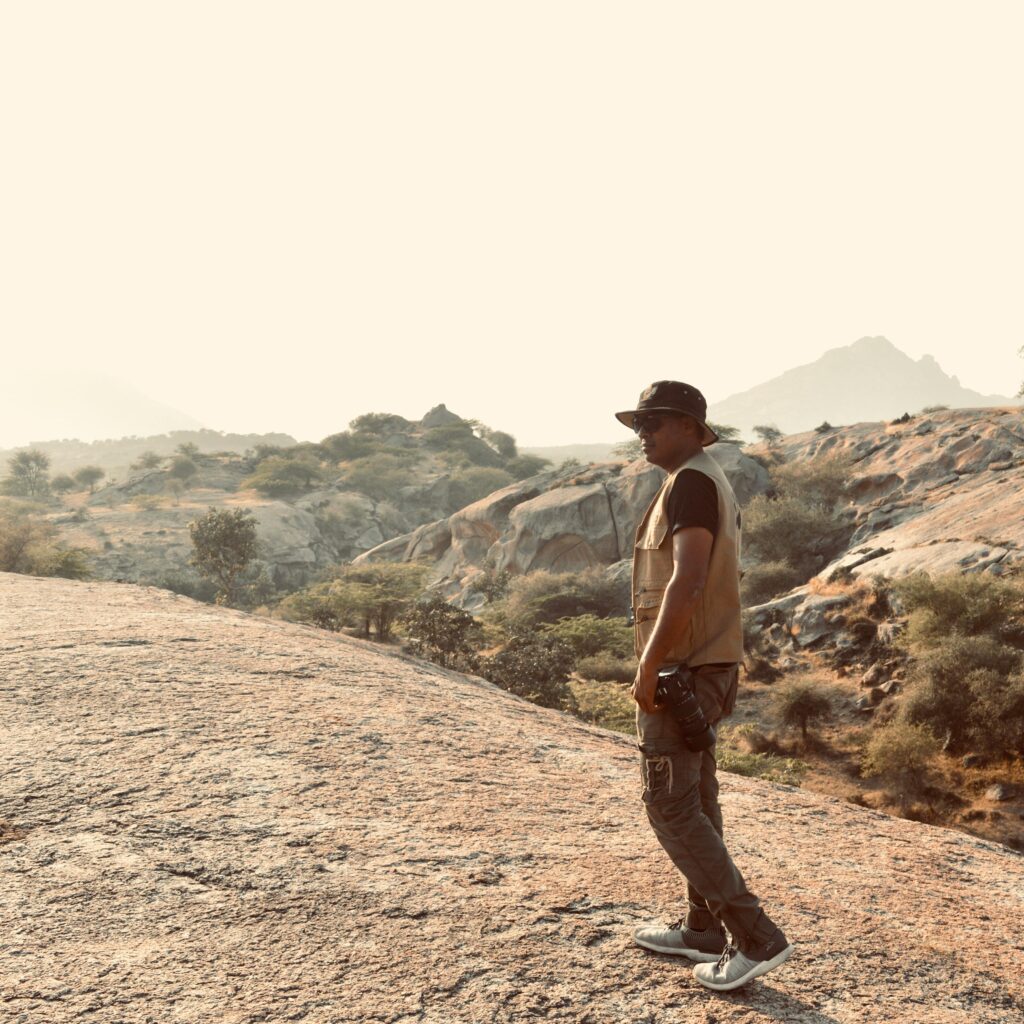Travel isn’t just about the places you visit—it’s about the stories you witness and the emotions you experience along the way. Candid travel photography is the art of capturing those genuine, unposed moments that reveal the true spirit of a destination and its people. Unlike posed shots, candid images are spontaneous, raw, and bursting with life. They tell stories that words alone cannot express. In this guide, you’ll discover essential tips, techniques, and ethical considerations for mastering candid travel photography and creating images that resonate with authenticity and emotion.
Why Candid Travel Photography Matters
Candid photography is about more than snapping photos without asking. It’s about observation, empathy, and storytelling. The best candid travel shots:
- Capture real emotions and interactions
- Reveal the character of a place and its people
- Evoke memories and feelings for both photographer and viewer
- Go beyond the surface to tell deeper stories
These images become timeless souvenirs, transporting you back to the laughter in a market, the quiet contemplation of a street musician, or the joy of children playing in a distant village.
Essential Tips for Mastering Candid Travel Photography
1. Blend In and Be Unobtrusive
Dress simply and avoid flashy gear or clothing that draws attention. The less you stand out, the more natural your subjects will behave. Move slowly, observe quietly, and become part of the scene.
2. Use a Zoom Lens
A zoom lens allows you to photograph from a distance without intruding on the moment. This helps you capture genuine expressions and interactions without making people self-conscious.
3. Be Patient and Observant
Candid moments can’t be forced. Watch for interactions, gestures, and fleeting expressions. Sometimes, the best photos happen when you wait quietly for the right moment to unfold.
4. Shoot Continuously
Use burst mode or continuous shooting to capture a sequence of moments. This increases your chances of getting the perfect shot, especially in dynamic environments like markets or festivals.
5. Use Natural Light
Avoid using flash, which can disrupt the scene and draw unwanted attention. Natural light preserves the atmosphere and mood, making your images feel more authentic.
6. Focus on Eyes and Expressions
Eyes are the windows to the soul. Sharp focus on eyes and facial expressions conveys emotion and draws the viewer into the story.
7. Respect Privacy and Culture
Always be mindful of cultural norms and personal boundaries. In some places, photographing people without permission is considered rude or even taboo. When in doubt, ask politely or use body language to seek approval.
8. Use Fast Shutter Speeds
To freeze motion and avoid blur, especially in busy environments, use a fast shutter speed. This ensures sharp images even when subjects are moving.
9. Keep Your Camera Ready
Candid moments can happen in an instant. Keep your camera on, with settings adjusted for the environment, so you’re always prepared to capture the unexpected.
10. Practice Ethical Photography
Never exploit or misrepresent your subjects. Avoid photographing people in vulnerable situations or using images out of context. Strive to tell stories with dignity and respect.
Techniques for Capturing Authentic Travel Moments
Anticipate the Action
Watch for patterns and anticipate what might happen next. If you see a street vendor preparing food, wait for the moment when they toss ingredients or share a laugh with a customer.
Frame the Scene
Use doorways, windows, or natural elements to frame your subject. This adds depth and context, drawing the viewer’s eye to the story.
Capture Interactions
Look for moments of connection—between friends, families, or strangers. These interactions often reveal the true spirit of a place.
Tell a Story with Layers
Include foreground and background elements to show the environment and context. A child playing in the foreground with a bustling market behind tells a richer story than either element alone.
Embrace Imperfection
Candid photos are often imperfect—slightly blurred, off-center, or with unexpected elements. These “flaws” add to the authenticity and energy of the image.
Best Settings for Candid Travel Photography
- Aperture Priority (A/Av mode): Allows you to control depth of field while the camera adjusts shutter speed.
- Auto ISO: Lets the camera adjust for changing light, keeping your shutter speed fast enough.
- Continuous Autofocus: Keeps moving subjects sharp.
- Silent Shutter Mode: Reduces noise and helps you remain discreet.
Candid Photography with a Smartphone
Modern smartphones are excellent tools for candid travel photography. Here’s how to make the most of them:
- Use burst mode for action shots.
- Tap to focus on faces or eyes.
- Shoot from the hip or chest for a more candid perspective.
- Edit lightly to enhance colors and contrast without losing authenticity.
Ethical Considerations in Candid Travel Photography
Ask Permission When Appropriate
If you’re photographing someone up close or in a sensitive situation, always ask first. A smile, gesture, or a few words in the local language can go a long way.
Share Your Photos
If possible, show your subjects the images you’ve taken. Offer to send them a copy—this can create a meaningful connection and show respect.
Avoid Stereotypes
Portray your subjects as individuals, not just representatives of a culture or community. Avoid images that reinforce negative or simplistic stereotypes.
Be Mindful of Children
Always seek permission from parents or guardians before photographing children. Respect privacy and never share images of children in vulnerable situations.
Candid Travel Photography Ideas
- Markets and Bazaars: Capture the energy, colors, and interactions of local commerce.
- Festivals and Celebrations: Document spontaneous moments of joy, dance, and tradition.
- Street Performers and Musicians: Focus on expressions and the connection with their audience.
- Daily Life: Watch for moments of work, play, rest, and routine that reveal the character of a place.
- Transportation: Candid shots on buses, trains, or ferries often show people at their most natural.
- Cafés and Parks: Observe quiet moments of reflection, conversation, or laughter.
Editing Candid Photos for Maximum Impact
- Crop to focus on the story: Remove distractions and tighten the composition.
- Adjust exposure and contrast: Bring out details, especially in shadows and highlights.
- Enhance colors naturally: Avoid over-editing, which can make candid moments feel artificial.
- Sharpen eyes and faces: Draw attention to expressions and emotions.
Common Mistakes to Avoid
- Being intrusive: Don’t invade personal space or disrupt the moment.
- Over-editing: Keep edits subtle to preserve authenticity.
- Ignoring context: Show the environment to give your subject’s story depth.
- Forgetting to enjoy the moment: Sometimes, put the camera down and experience the scene fully.
Final Thoughts: The Art of Seeing
Candid travel photography is about more than technical skill—it’s about empathy, patience, and a genuine curiosity for the world. By blending in, observing, and respecting your subjects, you’ll capture images that go beyond the surface and tell the real stories of your travels. The most powerful photos are those that make you feel something—joy, wonder, connection, or even sadness. That’s the magic of candid travel photography: it turns fleeting moments into timeless memories.
What’s your favorite candid travel photo? Share your story and tips in the comments to inspire fellow travelers to capture authentic moments and emotions!


